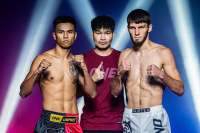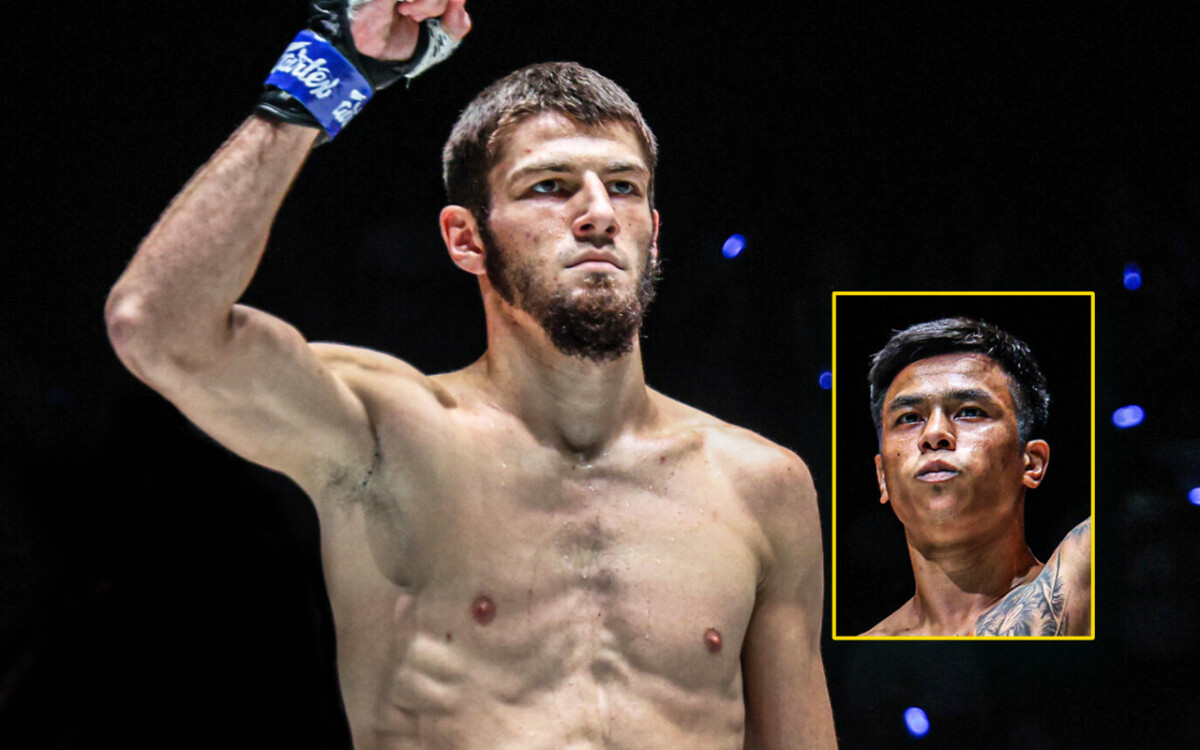Muaythai News

รับสัญญา ONE และ โบนัส 3.5 แสนบาท! 'อัสซาดูลาห์' โหดจัดรัสเซีย หวดขวาก้านคอน็อค 'พันธ์พยัคฆ์' ร่วงคาเชือกยกแรก!
Sat Aug, 30 2025

'เจริญสุข' พร้อมดวล 'ฉลามดำ' ชิงแชมป์ราชดำเนิน RWS เสาร์นี้!
Sat Aug, 30 2025

สมบูรณ์เต็มร้อย! “แรมโบ้เล็ก” โชว์ฟิต พร้อมบู๊ “ดีมิทรี” ศึก ONE Fight Night 35
Sat Aug, 30 2025

สงครามหมัดปะทะเข่า! “สุริยันต์เล็ก” นัดฉะ “เดโช” คู่เอกศึก ONE ลุมพินี 124
Sat Aug, 30 2025

ผลชั่งน้ำหนักและวัดระดับน้ำในร่างกาย ศึก ONE ลุมพินี 122 “พันธ์พยัคฆ์ vs อัสซาดูลาห์”
Fri Aug, 29 2025

ถึงเวลาปล่อยของ “อัสซาดูลาห์” จ้องน็อก “พันธ์พยัคฆ์” พิสูจน์ตัวสู่เวทีระดับโลก
Fri Aug, 29 2025




